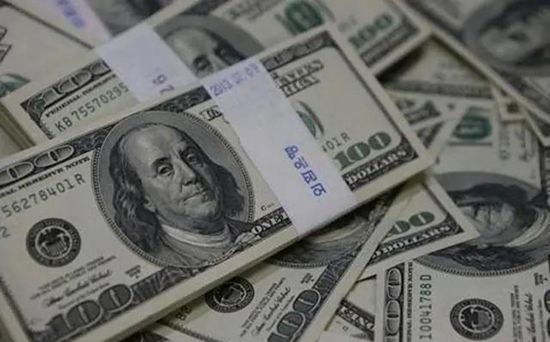The big question in financial markets now is whether the post-COVID-19 recovery will lead to a new round of inflation. Inflation has emerged in some corners of the world economy. Prices for commodities such as soyabeans or copper, and in sectors such as shipping, have been climbing rapidly because of the immediate impact of the outbreak, policy responses or surging demand in anticipation of recovery. Here are some of the areas where prices have risen and how they relate to the broader inflation picture.

Measures taken by the metal government to get out of the economic slump caused by the epidemic include investment in infrastructure projects and financial support for households that spend some of their cash on electronics. Both have led to soaring demand for metals, which in turn has pushed prices steadily higher. Higher metal prices have added to manufacturers' costs. That is one reason why China's producer price index, released this week, was higher than expected.
In a year of lockdown and home-based work, semiconductors are an important component of many of the hottest products, from laptops to televisions to webcams. Prices of some products, such as memory chips, have climbed this year.
The rebound after the outbreak has been a driving factor behind the rise in global food prices. In the US, drumstick prices have risen as restaurants with heavy orders reopen. China's domestic recovery is fueling demand for soybeans, which have risen more than 60 percent in the past year. There are many other factors driving up prices, including the usual drought and disease.
At the same time that demand is strong and economic recovery is likely to bring more travel, oil has also been hit by supply shortages as oil-producing countries have decided to limit output. That has pushed crude prices to nearly $70 a barrel, their highest level in nearly two years. This poses a particular threat to emerging countries that rely on energy imports, such as Turkey and India. These countries are likely to be pushed towards bigger trade and budget deficits, causing investors to balk and currencies to fall.
Shipping A shortage of containers is behind the surge in shipping prices in recent months, which could increase the cost of imported goods.

